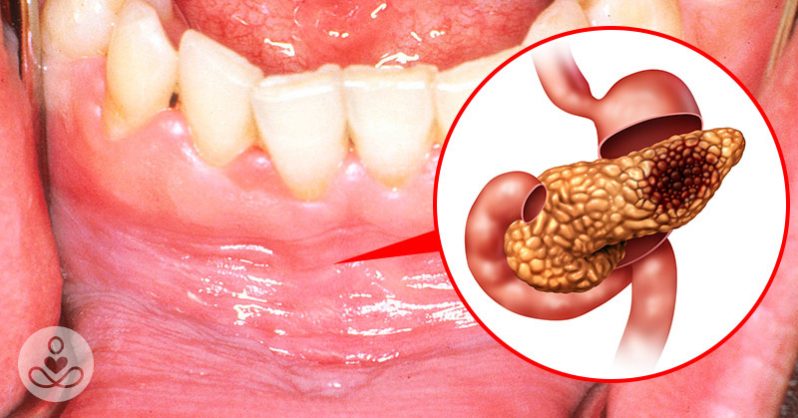Periodontal disease (also known as gum disease) occurs when the gums and bone around your teeth become infected and inflamed. According to the CDC, 47.2 percent of adults in the United States over the age of thirty have some form of periodontal disease. This increases with age, and more than seventy percent of US adults over 65 have periodontal disease [1]. Periodontal disease and tooth decay are two of the biggest threats to dental health. Research over the last few years, however, has indicated that gum disease may also cause other health problems, including cancer.
What Causes Gum Disease?
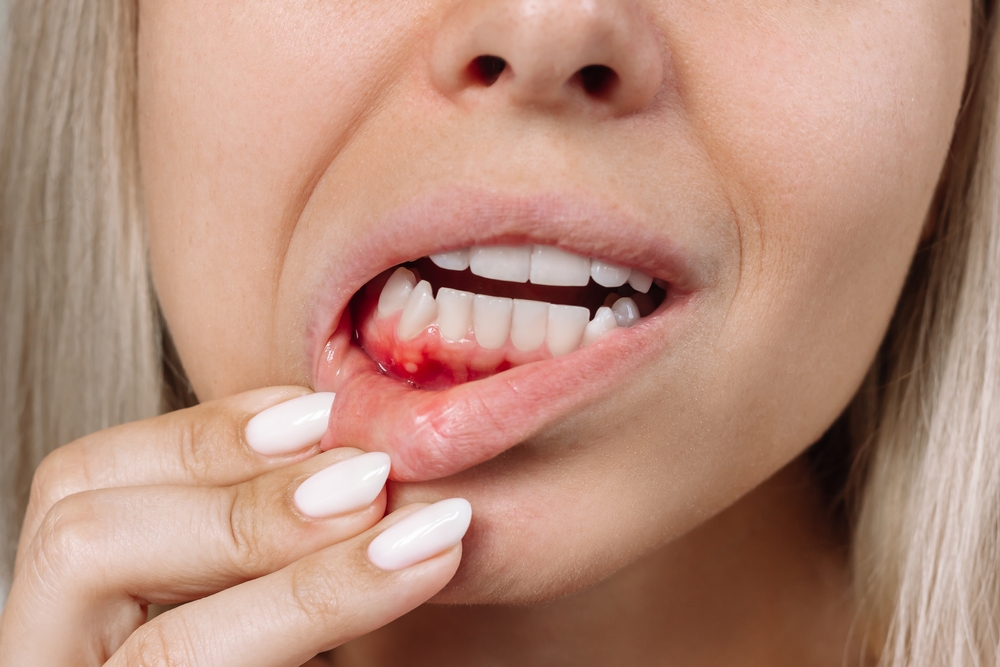
Gum disease occurs when plaque builds up around your teeth. This plaque carries microorganisms, such as bacteria, which then stick to your teeth. They also stick into the pockets surrounding the teeth and multiply. When this occurs, your immune system launches a response. This releases toxins and causes inflammation in your gums [2]. The most common cause of periodontal disease is bacterial plaque. Bacterial plaque is a sticky, colorless membrane that covers the surface of your teeth. If it is not removed, it can harden into tartar or calculus. If left untreated, periodontitis will eventually cause tooth loss [2].
Read More: Marijuana-Infused Gum for Digestive Pain Relief: Would you chew some?
Gum Disease and Cancer
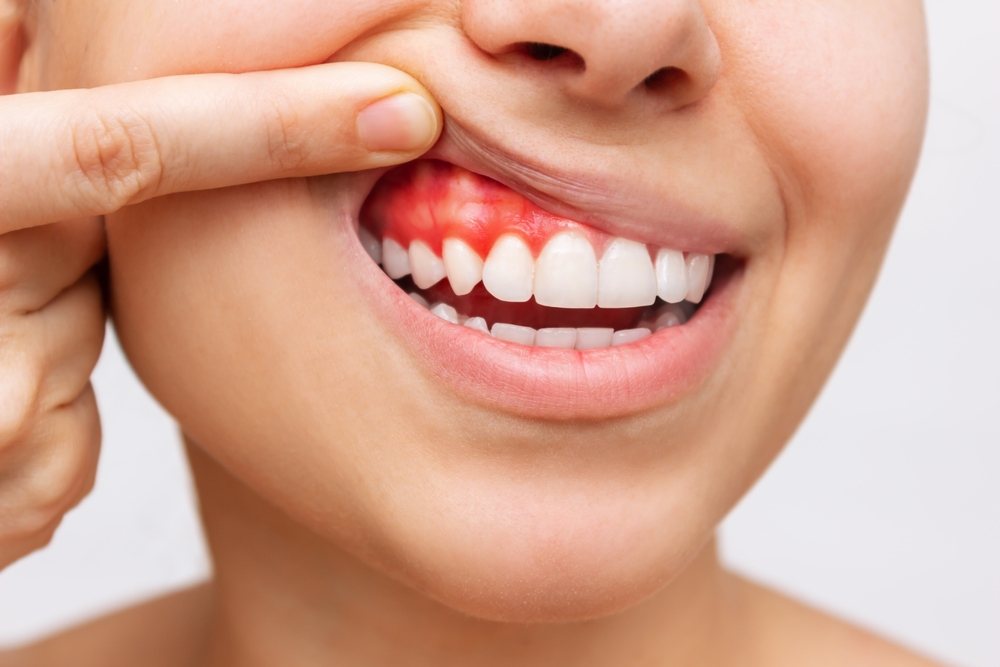
Recent research has found that periodontal diseases can cause much more than tooth decay. In 2017, a team of researchers at the University of Helsinki and Helsinki University Hospital in Finland collaborated with researchers in Sweden to study gum disease and cancer.
The researchers found that the bacterium that causes periodontitis, Treponema denticola (Td), may cause the development of some types of cancers [3]. More specifically, they found that Td and some gastrointestinal cancers, like pancreatic cancer, share the enzyme Treponema denticola chymotrypsin-like proteinase (Td-CTLP). This enzyme is usually found in the mouth and increases the activity of the Td bacterium [4].
They also determined two other important ways the Td-CTLP enzyme promotes cancer:
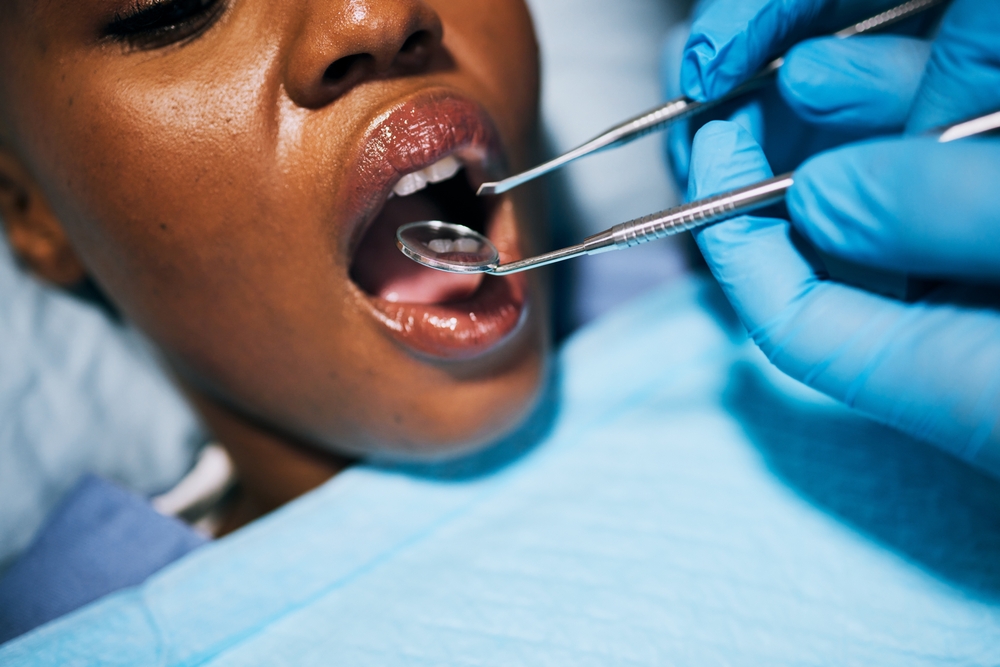
- It can activate other enzymes that act as a vehicle for cancer cells to proliferate.
- It impairs your immune system response, allowing cancer to spread more easily [3].
The Finnish researchers went on to conduct a second study, this time looking at the link between cancer mortality rate and periodontitis. The team analyzed data from over 68 thousand adults over a ten-year period. The results showed that patients with periodontitis had a higher risk of dying from cancer than those who did not [5]. These two studies together demonstrate that periodontitis may make it easier for harmful bacteria to travel to other parts of the body. This could increase your risk for cancer, as well as your risk of dying from that cancer.
The researchers believe that diagnosing and preventing periodontal diseases could help to prevent cancer:

“Prevention and treatment of periodontitis may thus have substantial implications for public health in terms of prevention and early diagnosis, reducing the morbidity and mortality associated with human cancers,” the researchers wrote [5].
Oral Health and Disease
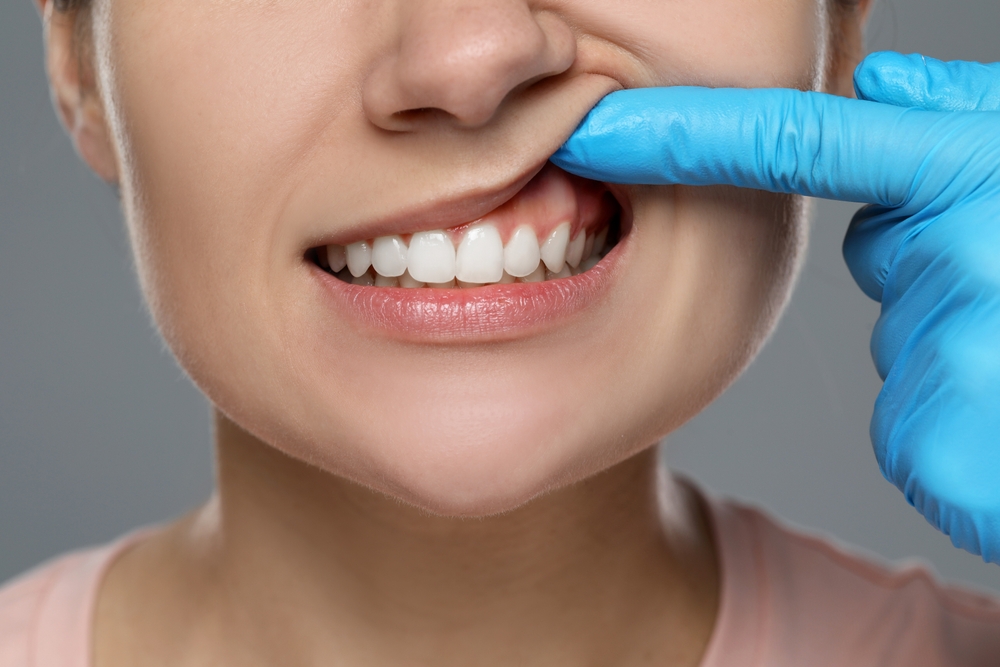
Not only is there a link between gum disease and cancer, but it can cause other health conditions as well. These include:
Endocarditis: This is an infection in the inner lining of your heart chambers or valves. The most common cause of endocarditis is when bacteria or germs from another part of your body (such as your mouth) spread through your bloodstream. It eventually attaches to certain areas of your heart and causes inflammation [6].
Cardiovascular disease: some research suggests that oral bacteria that cause inflammation and infections can lead to heart disease, clogged arteries, and strokes. More research is needed to fully understand this connection [6].
Pregnancy and birth complications: periodontitis is linked to premature birth and low birth weight [6].
Pneumonia: bacteria from your mouth can enter your lungs. This can cause pneumonia and other respiratory diseases [6].
Conditions That May Affect Your Oral Health

Not only can gum disease cause other health problems, but other health conditions can cause gum disease. These include:
Diabetes: diabetes reduces your body’s ability to fight infections. This puts your gums at risk, and people with diabetes are more likely to have gum disease. Research shows that regular periodontal care can help patients control their diabetes [6].
HIV/AIDS: people who have HIV/AIDS often experience oral problems, such as mucosal lesions [6].
Osteoporosis: osteoporosis causes both bone and tooth loss. There are also some osteoporosis drugs that carry a small risk of damaging the bones in the jaw [6].
Alzheimer’s disease: It is common with Alzheimer’s patients to see worsening oral health as the disease progresses [6].
Read More: Scientist May Have Discovered a Drug that Fixes Cavities and Regrows Teeth
How to Protect Your Oral Health

Luckily, you can prevent and treat gum disease fairly simply. All you need is a good oral hygiene regime. Proper dental care involves the following:
- Brushing teeth at least twice per day
- Flossing once per day
- Having your teeth cleaned by a dental hygienist twice per year [2]
The American Dental Association makes the following recommendations:

- Brush your teeth for two minutes twice per day with a brush that has soft bristles
- Replace your toothbrush every three to four months, or if the bristles are visibly frayed and matted.
- A manual or powered toothbrush can both be effective.
- Choose a brush with the ADA seal of approval [7].
Bottom Line:

For more advanced periodontitis, medication or surgery may be necessary. There are several prescription mouthwashes available that your dentist may recommend to you. These could include antimicrobial, antiseptic, or antibiotic mouthwashes or gels, or an oral antibiotic. It is clear that oral health is an important factor in your overall health. If you want to lower your risk for other health problems, including cancer, be sure to establish a good oral hygiene routine. It could save your life.
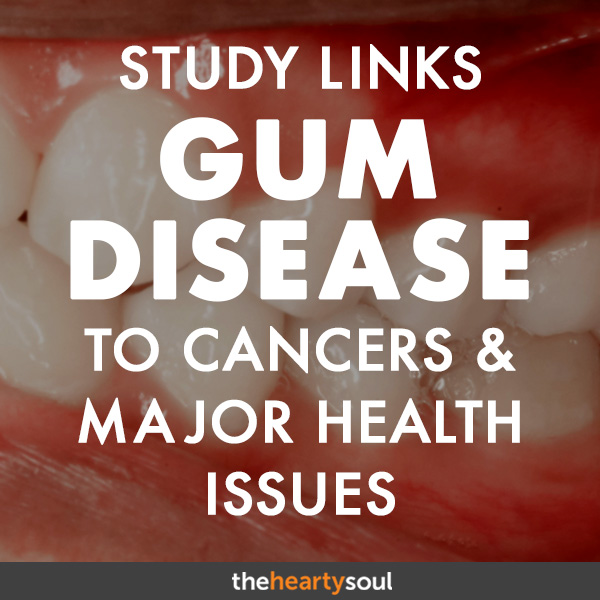
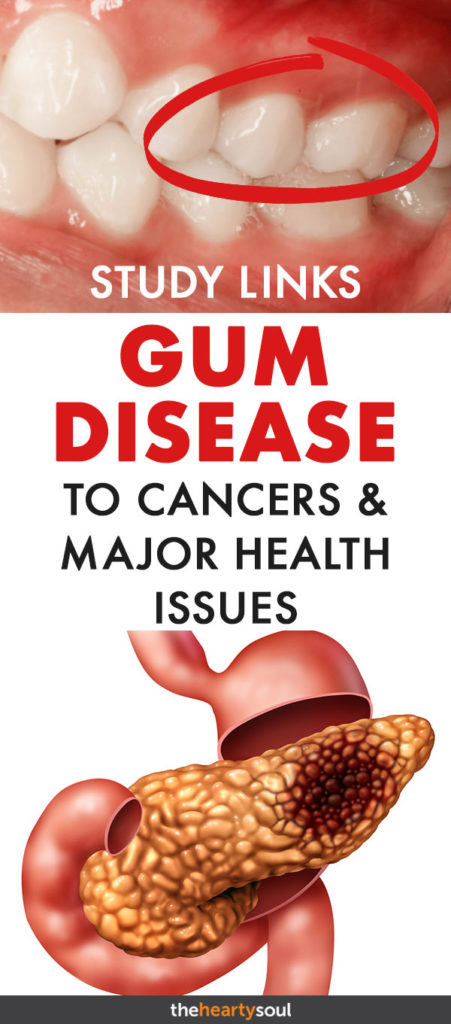
Read More: If You Want a Better Sleep Hygiene, Stop Brushing Your Teeth Right Before Bed – Here’s Why
Sources
- https://www.cdc.gov/oralhealth/conditions/periodontal-disease.html#:~:text=A%20recent%20CDC%20report1,and%20older%20have%20periodontal%20disease.
- https://www.medicalnewstoday.com/articles/242321#treatment
- https://www.nature.com/articles/bjc2017409
- https://www.ncbi.nlm.nih.gov/pmc/articles/PMC4851253/
- https://onlinelibrary.wiley.com/doi/full/10.1002/ijc.31254
- https://www.mayoclinic.org/healthy-lifestyle/adult-health/in-depth/dental/art-20047475
- https://www.ada.org/en/member-center/oral-health-topics/toothbrushes
